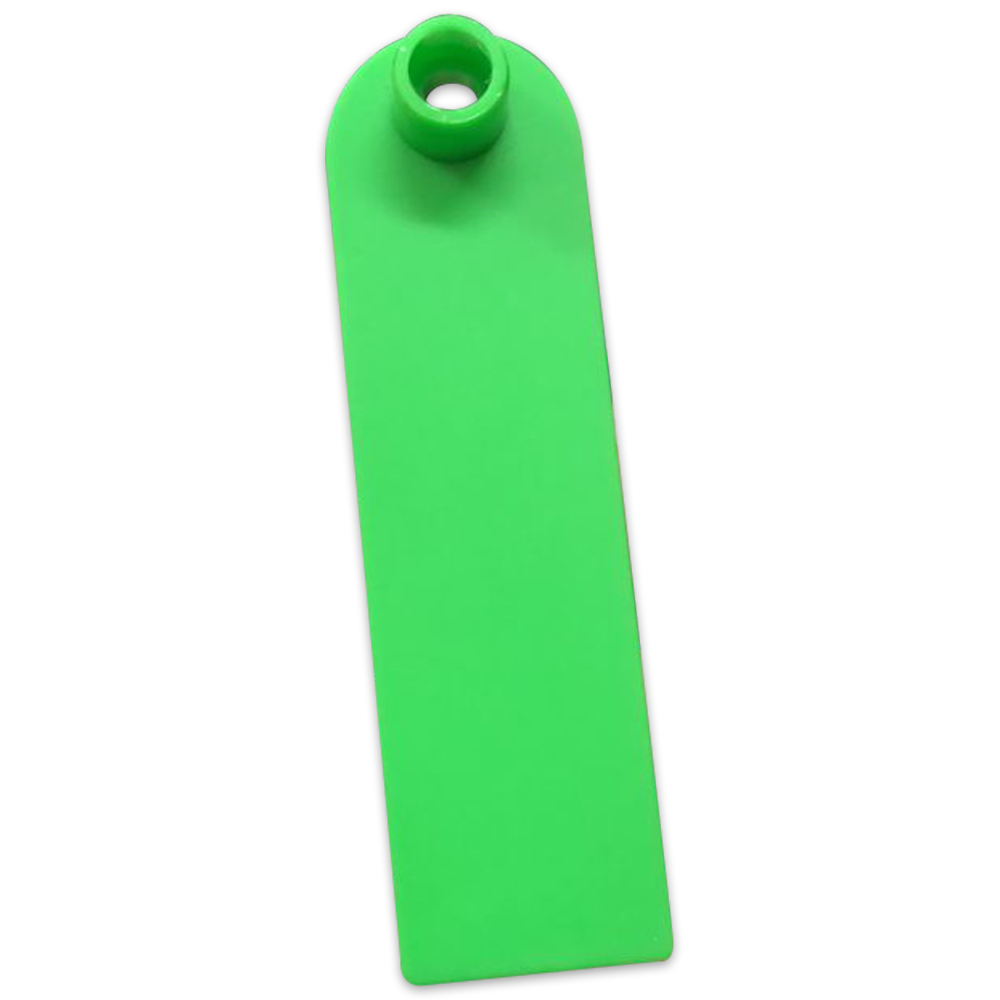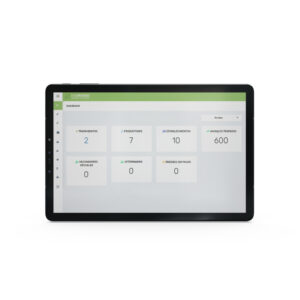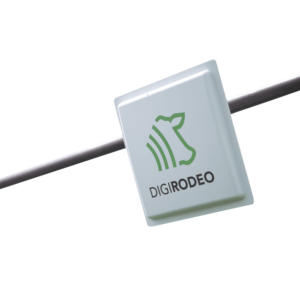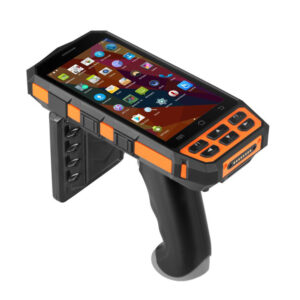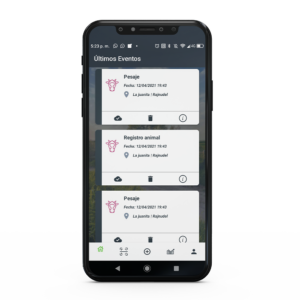UHF Electronic Ear Tag
DIGITAL TOOLS
What it’s for:
The Digirodeo UHF electronic ear tag is used to uniquely and unequivocally identify an animal. UHF technology allows the animal to be read from a distance ranging from 5 cm to 15 meters, depending on the digital tool used for reading.
How it’s used:
By radiating radiofrequency onto the ear tag, a unique identification code is received. Using digital tools like the Digitag, productive events carried out on each animal are associated and recorded, thus building its history. With Digirodeo reading arches, large-scale animal counts can be conducted without errors, as well as troop movement recording.
It’s attached like any other ear tag, using a conventional applicator.
- Easy to install (no special knowledge required)
- Uniquely identify each animal
- Read with Digirodeo digital tools
- Remote reading capability
- Reading rate: 50 animals per second
- Compatible and complementary with other ear tags
- Passive UHF RFID 840-960MHz
- ISO/IEC 18000-6C, EPC Class 1 Gen 2
- Reading range from 1 to 10 meters
- Material: TPU AAA, non-toxic, antimicrobial UV resistant
- Operating temperature: -20°C – +80°C
- Operating relative humidity: 20% – 90%
- Packaging: 100 units
- The accuracy and effectiveness of the system may vary depending on environmental conditions, such as distance and electromagnetic interference. The manufacturer is not responsible for improper use of the system or for the loss or theft of the ear tag.
- Make sure that the UHF RFID ear tag is correctly installed in the animal’s ear.(*)
- Keep the UHF RFID ear tag and the RFID reader clean and free from obstructions to prevent inaccurate readings or system failures.
(*) Placement:
- Place the animal in a safe and comfortable location, such as a chute or handling facility.
- Clean and disinfect the area of the ear where the ear tag will be placed.
- Hold the animal’s head firmly to minimize movements and stress.
- Insert the male and female parts of the ear tag into an ear tag applicator.
- Position it between the ridges of the animal’s ear, with the female part facing backward.
- Ensure that the ear tag is securely fastened and won’t fall off.
- Check that the ear tag is placed correctly and is not causing discomfort or pain to the animal.
- Record the ear tag’s identification number and any other relevant information about the animal using the Digitag tool.
Works with
You may also like…
WhatsApp us

